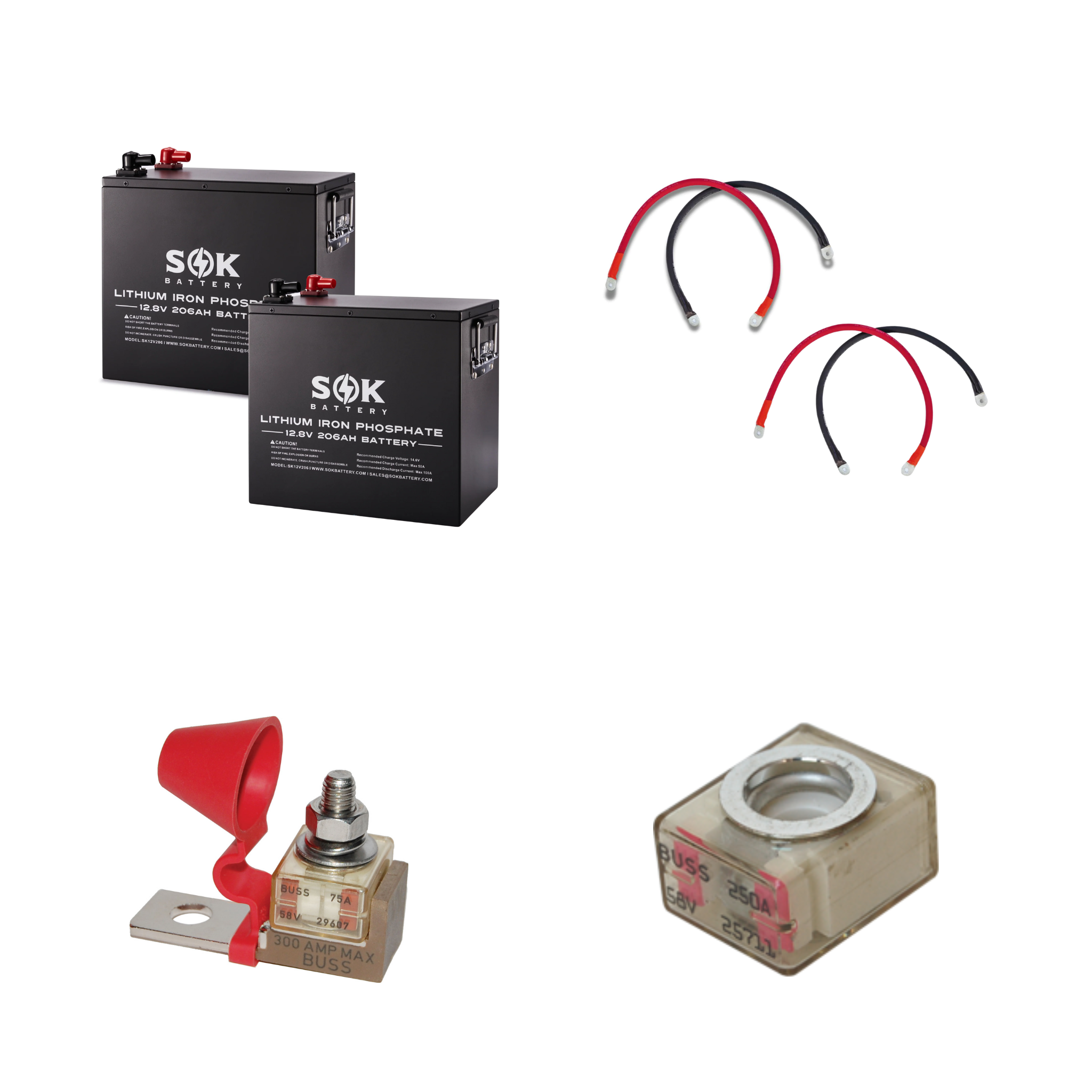Van Conversion 101: Vans, Layout, Design
Like most construction projects, getting started can feel overwhelming. There are so many choices in layouts, designs, appliance and storage needs, and even various cargo vans to suit your blank canvas! Where do you begin??
Our first campervan was a pre-converted low roof Ford Transit. We quickly learned than sticking our head out the roof fan so we can fully stretch out our back while cooking wasn’t a long-term option.
WHICH HIGH-ROOF CARGO VAN IS BEST?
The Mercedes High-Roof Sprinter, with is ever-lasting and fuel efficient diesel engine, is by far the most coveted cargo van for campervans. However, they come with a bigger price tag than its competitors. The Ford Transit and RAM Promaster cargo vans also come in high-roof models, as well as extended wheel bases for even more space, and are available for the more budget-conscious.
If you want a 4x4 option a newer cargo van is your only option. Mercedes has been making them for a few years, and Ford only just came out with a 4x4 Transit in 2019. These are naturally more expensive, and are very difficult to come across used ones for sale.
There are pros and cons of each cargo van option out there. For a more in-depth (and visual) look on which van might best suit your needs, Sam Moser breaks down each option this video:
YOU’VE ALREADY TESTED VANLIFE, NOW WHAT LAYOUT DO YOU CHOOSE FOR YOUR CUSTOM VAN CONVERSION?
The main determinator for your layout is going to be storage. Do you want room for bikes? Eight foot surfboard? Two sets of golf clubs? All of these larger items take up valuable space, and must be planned for at the beginning.
We start all our builds with to-scale 3D designs. This allows us to change bed sizes, move cabinets around, and figure out where our battery and water storage will fit before we start any physical building.
Our first conversion, Sven, was built with one major factor in mind: storing 2 mountain bikes inside. We wanted our bikes inside for ease of parking, security, and the ability to be discrete when spending a night in the city. Having bikes inside forced us to raise our bed height, which then also largely dictated what else we had room for in the build.
Our latest build clients had a more unique solution for their bike storage inspired by their old RV. A sideways bike garage behind their bed allows them to store bikes without having to take the wheels off!
TOILET & SHOWER:
Deciding whether or not to have a toiler and/or shower in your build is also decisive factor. We opted for no shower or toilet in either of our smaller builds, and went for a compact porta-potty in the longer wheel-base Sprinter we converted for Taylor’s parents. Most vanlifers who started with a full shower in their build ended up regretting using up such valuable space. If you insist on having a way to wash while on the road, we encourage you to opt for a compact shower head that can be used outside by access through the back doors of your van instead. That being said, to each their own!
As far as toilets go, this is an entirely personal preference. For some, the convenience of having an actual toilet seat in the middle of night so they don’t have to wander in the dark (or utilize a wide-mouth water bottle) outweighs the inconvenience of having to empty said toilet.
HOW MUCH POWER DO I NEED?
Now that you’ve settled on a layout, the first part of starting a conversion is planning your electrical system. Consider which appliances you plan on using in your van. If you want an induction cooktop, fancy coffee machine, or ninja bullet blender, you will need a large inverter and bigger battery bank. If you only want USB outlets to charge your personal electronics, then you can get away without an inverter and just a 12-volt battery.
FRIDGE:
Fridges are the most common appliance included in campervan conversions for good reason. They save you time and money on buying ice, and marine fridges take up the same amount of space as a cooler anyways. Front-loading fridges are even more space efficient, but worse on energy. If you want to conserve, consider opting for a top-loading fridge instead.
WATER:
Although sinks take up valuable counter-space, you can use the countertop cutout as a cutting board that fits neatly in the sink to fill in your counter when you’re not using the sink itself. Since you’re wiring solar for your fridge, lights, and charging ports anyways, we also recommend wiring in a water pump to make your dish washing even easier. Just keep in mind that running water equals more storage space taken up by water jugs!
PROPANE:
If you want a built-in gas cooktop, hot water, and/or a heater, then you’re probably going to require a propane tank (or if you have a diesel Sprinter you can tap into your diesel tank instead). In Sven we opted for none of these and just used our camp stove for cooking inside, or a small butane burner when we wanted to boil water for coffee. This saves a lot of counter space, but is less convenient compared to the built-in two burner cooktop in our other van Maggie.
DESIGN AND FINISHES
You can’t go wrong with any combination of white and wood, however we’ve seen lots of colourful van styles we also love! It’s totally up to you. Pinterest is a great place to explore the various design styles out there, as well as unique storage and space-saving ideas for your campervan.
If you’re interested in getting an estimate on what one of our builds cost, head to our Conversions page to see photos of our prior work and reach out to us. Enjoy!




